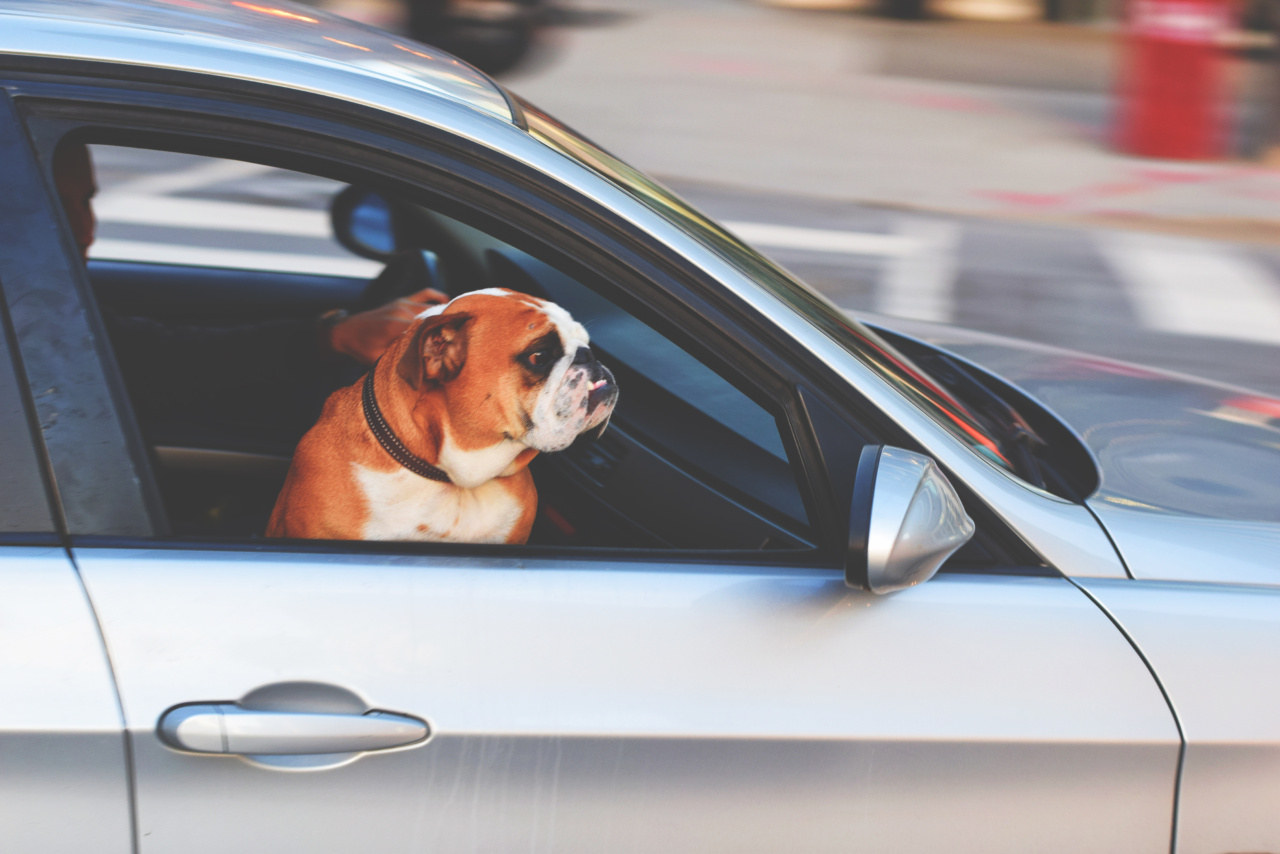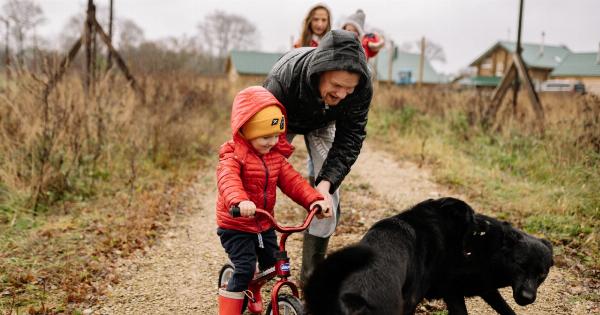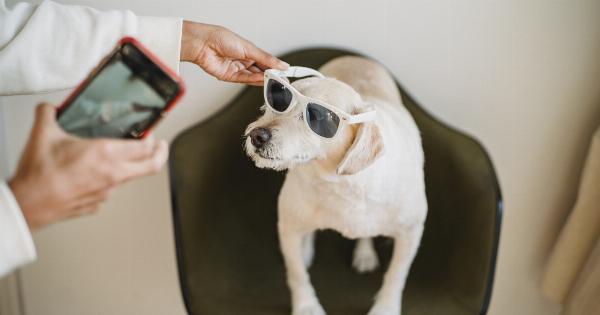Traveling with your furry friend can be an exciting and fun experience. However, it can also be a bit challenging if you’re not prepared.
Whether you’re embarking on a road trip or simply running errands around town, ensuring your dog’s safety and comfort is essential. With these secrets to traveling with your dog, you’ll be able to hit the road with confidence.
1. Prepare Your Vehicle
Before setting off on your journey, make sure your vehicle is dog-friendly. Keep the following tips in mind:.
– Use a crate or harness to secure your dog while driving. This will prevent them from roaming around the car and causing distractions.
– Put on window shades to block excess sun and keep your dog cool during the ride.
– Maintain an appropriate temperature inside the car. Avoid extreme heat or cold.
– Bring a non-spill water bowl and some treats to keep your dog hydrated and satisfied.
2. Plan Regular Breaks
Dogs need regular breaks, especially during long car rides. Plan frequent stops where your dog can stretch their legs, use the bathroom, and have a quick drink of water.
This not only ensures their physical well-being but also prevents restlessness and keeps them comfortable throughout the journey.
3. Secure Their Identification
Prior to hitting the road, double-check your dog’s identification tags. Ensure that their collar has an up-to-date identification tag with your current contact information. Additionally, consider microchipping your dog.
This provides an extra layer of security and increases the chances of being reunited in case your dog gets lost during the trip.
4. Pack the Essentials
Just like humans, dogs too have some travel essentials. Here are the items you should pack for your furry friend:.
– Food and water: Bring an ample supply of your dog’s regular food and bottled water. Stick to their usual diet to avoid any digestive issues during the trip.
– Medications and first-aid kit: If your dog requires any medications, pack them along with a basic first-aid kit containing bandages, antiseptic, tweezers, and any necessary supplies.
– Bedding and comfort items: Bring along their familiar bedding, favorite toys, and blankets to help them feel secure and comfortable during the journey.
– Leash and poop bags: These are essential for bathroom breaks and keeping your dog under control in new environments.
5. Gradually Introduce Car Rides
If your furry friend is not accustomed to car rides, it’s essential to slowly introduce them to the experience. Start with short rides around the neighborhood and gradually increase the duration.
This will help them overcome anxiety and motion sickness, allowing them to enjoy future travels with confidence.
6. Exercise Before the Trip
To reduce your dog’s energy levels during the journey, take them for a good exercise session before hitting the road. A tired dog is more likely to relax and rest during the car ride, making it a smoother experience for both of you.
7. Invest in Safety Equipment
There are numerous safety equipment options for traveling with your dog. Some popular choices include:.
– Dog seat belts: These secure your dog to the seat, preventing them from moving around excessively.
– Car barriers: Ideal for larger dogs, car barriers create a separate space within your vehicle’s trunk or cargo area.
– Car seats and boosters: For small dogs, car seats and boosters offer a safe and elevated spot for them to enjoy the view while staying secured.
– Safety harnesses: Similar to seat belts, safety harnesses attach to your car’s seatbelt system to restrain your dog safely.
8. Familiarize Your Dog with the Car
Avoid making the car seem like an unfamiliar and scary place for your dog. Prior to the trip, let them explore the vehicle while it’s stationary. Reward them with treats and positive reinforcement to create positive associations.
9. Do Not Leave Your Dog Unattended
Under no circumstances should you leave your dog alone in a parked car, especially during hot or cold weather. Even with the windows cracked, the temperature inside a car can quickly become life-threatening for your furry friend.
10. Research Pet-Friendly Accommodations
If you’re planning to stay overnight at a hotel or other accommodation, ensure that they are pet-friendly. Research in advance and make reservations accordingly.
Pet-friendly establishments typically have designated areas for dogs and may have specific rules or fees.






























